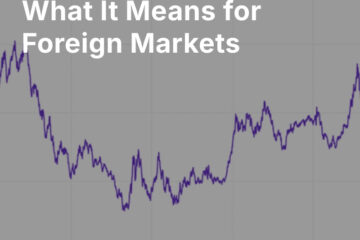China’s fourth-largest bank, the Bank of China (not to be confused with the state bank, the People’s Bank of China) issued $6 billion worth of perpetual bonds in late January.
A “perpetual bond” is a bond with no maturity date; that is, it simply pays an income stream forever.
The Chinese government is encouraging the issuance of perpetual bonds in a variety of ways. Demand will be stimulated by the fact that these bonds will be allowed to be used as collateral for lending from the central bank; insurers were big buyers of the Bank of China issue, for which there was strong demand.
Many Chinese banks are currently trading below their book value, so replenishing their balance sheets by selling new equity shares to investors is dilutive. Encouraging the issuance of perpetual bonds is therefore a creative way for the Chinese authorities to help lenders improve their balance sheets. The small and mid-sized lenders, who are the lending source to China’s small and mid-sized private companies, are starved for deposits and need fresh capital; this is one way they may get it.
China’s big banks lend primarily to state-owned enterprises, but the engine of economic and job growth in China is its smaller private firms, who have to turn to smaller lenders to get the money they need for expansion.
However, if this trend is to make it to smaller, regional lenders, buyers of such perpetual bonds will likely want more than the 4.5% coupon they got from the Bank of China deal. If perpetual bond issuance remains restricted to larger lenders, and doesn’t end up helping China’s vibrant private sector get more access to capital, it will not end up achieving the government’s stimulus goal.
Investment implications: China is taking steps to support the balance sheets of its banks — allowing the issuance of perpetual bonds, and treating those bonds as cash for calculating capital adequacy ratios. If smaller regional banks do this, it could boost available lending to China’s small and medium sized private companies, which in turn would support a reacceleration of Chinese economic growth. We expect economic growth in China to begin to recover in later part of 2019. This will modestly stimulate world economic growth.



